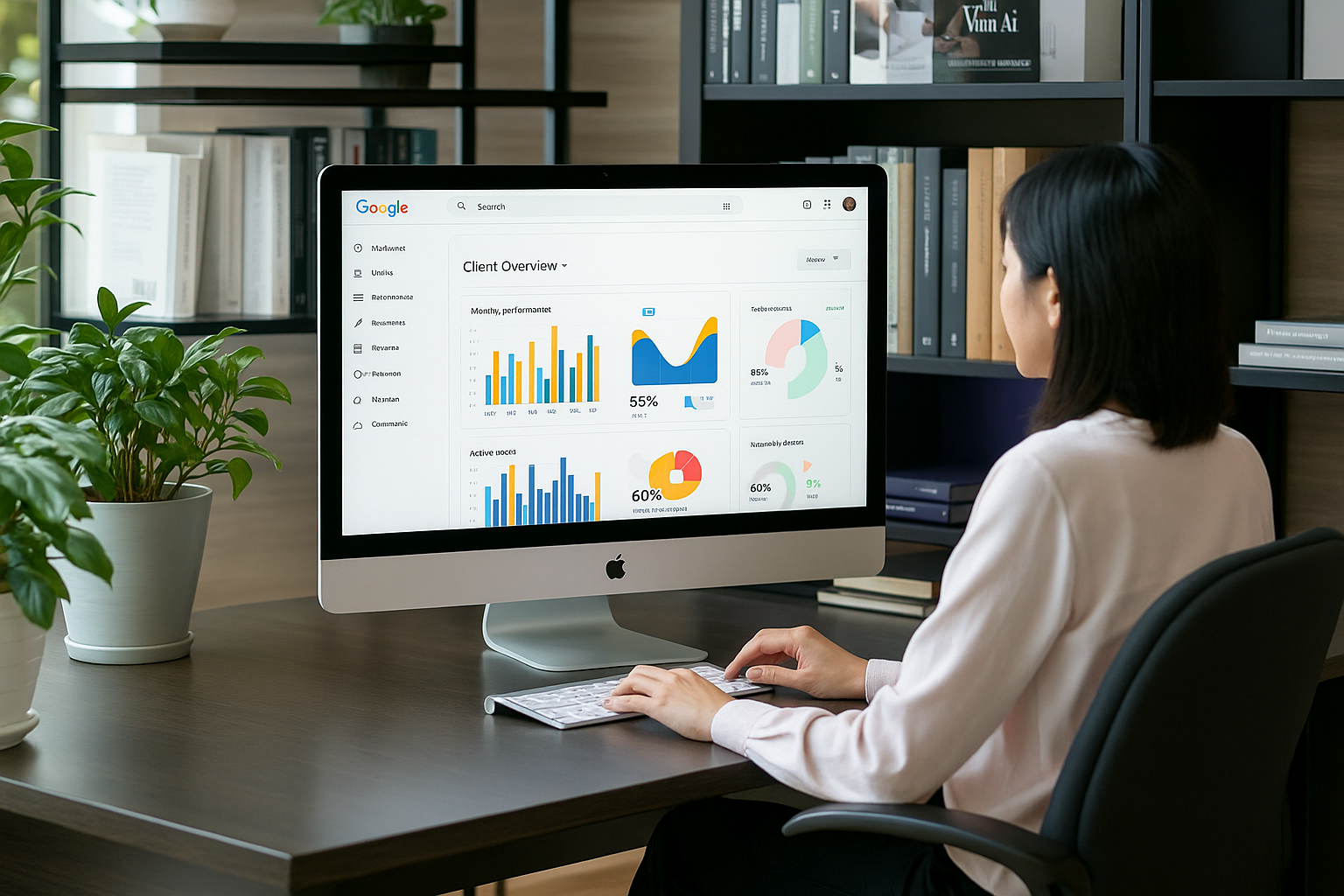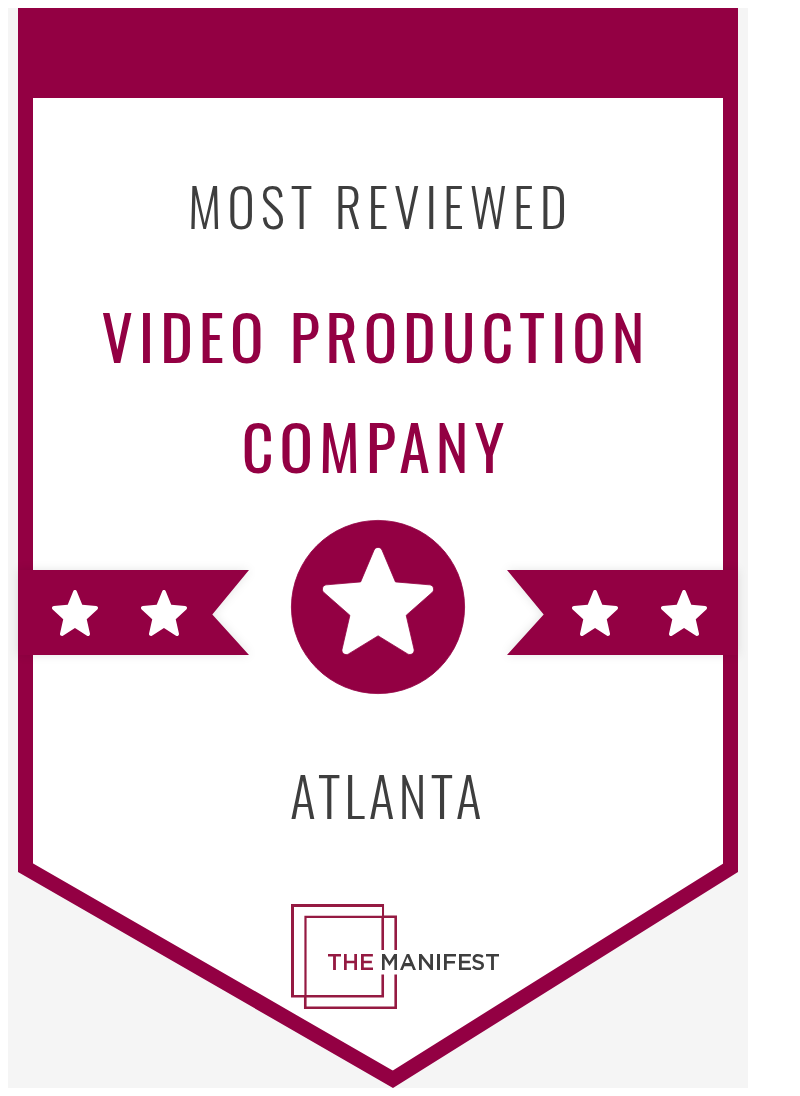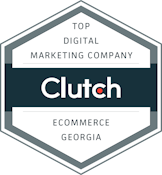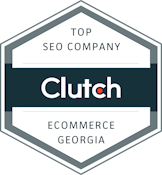The Emergence of Google AI Overviews and Their Impact on Traffic
Google’s AI Overviews provide concise, machine-generated summaries directly on search results pages, often satisfying user queries without requiring clicks to original websites. This feature uses advanced natural language processing to distill information from multiple sources into a single snippet prominently displayed at the top of search results. While this improves user convenience, it has caused a 34.5% decline in click-through rates (CTR) for top-ranking pages where AI Overviews appear.

For publishers, this decline means fewer visitors and reduced opportunities for monetization through ads or subscriptions. AI Overviews extract core information users seek, diminishing the incentive to explore full content. This shift compels content creators and SEO professionals to rethink strategies, focusing on producing unique insights, interactive elements, or exclusive data that encourage deeper engagement beyond summaries.
Adapting SEO Strategies to AI Overviews
Traditional SEO tactics like keyword targeting and backlink building remain relevant but must be complemented by efforts to enhance content depth and user experience. Publishers can explore formats that AI Overviews cannot easily replicate, such as multimedia, detailed case studies, or personalized tools. Organizing content into well-structured clusters and employing schema markup improves AI readability and increases the chances of being featured.
Building strong brand recognition is also important, as direct branded searches can bypass AI summaries and lead users to publisher sites. Tracking visibility now extends beyond clicks, requiring monitoring of brand mentions and citations within AI-generated content to gauge influence and adapt strategies accordingly.
Publisher Challenges and Opportunities
AI Overviews highlight key information from multiple sources, often diluting credit to individual publishers and complicating performance measurement and monetization. To maintain relevance, publishers must create content offering unique value beyond what AI can summarize—through in-depth analysis, interactive features, or exclusive insights that motivate users to engage more deeply.
This evolving search landscape shifts focus from driving clicks to fostering trust and engagement in other ways. By diversifying content formats and prioritizing user experience, publishers can coexist with AI Overviews and sustain revenue streams despite reduced direct traffic.
Frequently Asked Questions About Google AI Overviews
How do AI Overviews affect click-through rates?
When AI Overviews appear, top-ranking pages often see CTR declines exceeding 30%, reducing visitor volume and impacting revenue from ads or subscriptions.
Does the presence of AI Overviews reduce content value or visibility?
While summaries highlight key points from multiple sources, they do not replace the depth and nuance of original content. Publishers must focus on creating material that goes beyond basic facts to encourage deeper user engagement.
How should SEO strategies evolve?
In addition to keyword optimization and backlink building, improving content structure, clarity, and schema markup helps AI understand and reference content. Building brand recognition can drive direct traffic by encouraging users to seek out trusted sources.
How can publishers measure the impact beyond clicks?
Since AI Overviews often lack clear attribution, tracking brand mentions and citations within AI-generated content is essential. Monitoring engagement metrics and experimenting with diverse content formats can help maintain audience connection despite declining direct traffic.
As the original Search Engine Land article notes, “Google’s AI overviews are poised to transform search behavior and CTR, raising concerns among publishers about traffic and revenue.” (https://searchengineland.com/google-ai-overviews-kill-click-456453)
For SEO professionals and publishers, understanding and adapting to these changes is critical to thriving in the new search environment.













.png)

